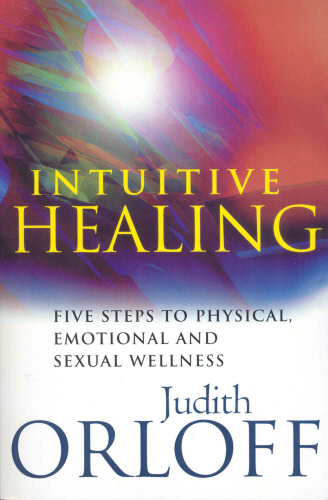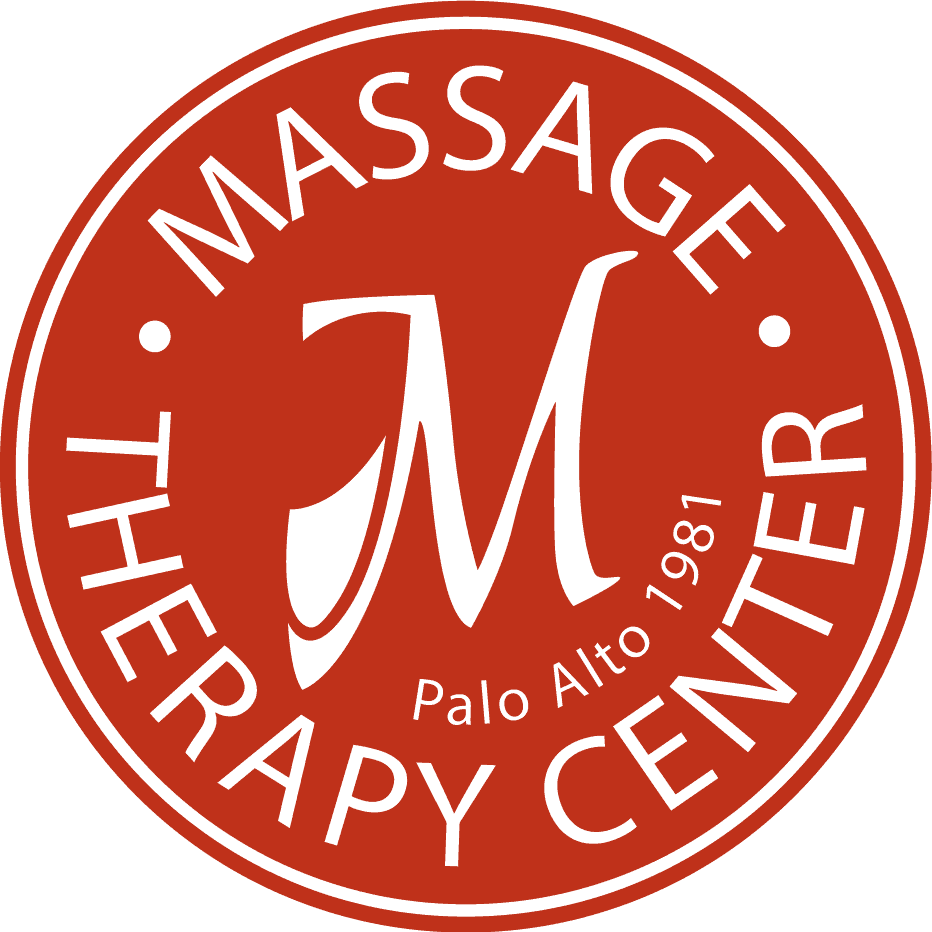Intuitive Healing – 5 Practical Steps

“Intuitive Healing” by Dr. Judith Orloff presents a compelling argument for the integration of intuitive methods with traditional Western medicine, proposing a holistic approach to health and wellness. Dr. Orloff, a psychiatrist and intuitive healer, explores how intuition can significantly impact our physical, emotional, and sexual health. The key themes of the book include recognizing the influence of both conscious and unconscious beliefs on our health, utilizing meditation and other techniques to increase self-awareness, understanding the role of the body’s subtle energies in healing, and using prayer and dream work to deepen intuitive insights. Dr. Orloff also emphasizes the role of intuition in pain control, early self-diagnosis, and recovery from illness, providing a roadmap for those seeking to harness these abilities for health and vitality.
The book is structured around five practical steps that guide readers on how to tap into their intuitive powers to enhance their well-being.
- Belief and Healing: This step focuses on understanding how our beliefs, both conscious and unconscious, impact our health and healing processes. Dr. Orloff discusses the importance of recognizing and adjusting these beliefs to foster better health outcomes. A patient with chronic pain who adopts a belief system that emphasizes body resilience and healing potential, thereby experiencing reduced pain perceptions and improved quality of life.
- Self-Awareness through Meditation: Here, meditation and other mindfulness practices are emphasized as tools to enhance self-awareness. Increasing self-awareness helps individuals connect more deeply with their intuition, making it a powerful ally in managing health and emotional challenges. We may use guided meditations to focus inwardly and notice areas of physical tension or emotional unrest that they weren’t previously aware of. This increased awareness can lead to better management of stress and a more intuitive understanding of what the body needs for health and recovery.
- Tuning into the Body’s Subtle Energies: This step involves learning how to perceive and influence the subtle energies within our bodies. By tuning into these energies, individuals can potentially accelerate healing and improve their physical and emotional well-being. An example here could be using techniques like Reiki or therapeutic touch, where a practitioner senses energy blockages in a person’s body and helps to clear them, potentially leading to physical relief and emotional release.
- Using Prayer and Intention to Enhance Intuition: Dr. Orloff explains how prayer and setting intentions can be used to strengthen one’s intuitive abilities. This step is about harnessing spiritual or focused thought to direct and improve the healing process. Someone undergoing treatment for an illness might set a daily intention or say a prayer each morning to promote healing and well-being, which could help focus their subconscious mind on positive outcomes and boost their immune response.
- Dreamwork for Accessing Unconscious Wisdom: The final step delves into how dreams can serve as a conduit to understanding our unconscious thoughts and feelings. A dream’s tone can be as restorative as its content; the nonverbal often presides. Also, in dreams revelations about illness and relationships are conveyed. Dreams do heal, but first you must retrieve them. Dr. Orloff suggests methods for interpreting dreams and using them as a tool for gaining deeper insights and guidance for personal health and life decisions.
Each of these steps combines elements of traditional medical knowledge with intuitive practices, offering a comprehensive approach that Dr. Orloff believes can empower individuals to take control of their health in new and profound ways. “Intuitive Healing” is aimed at both healthcare professionals and general readers, offering insight into how intuition can serve as a dynamic therapeutic tool in modern healthcare settings (Judith Orloff MD) (Homepage).
